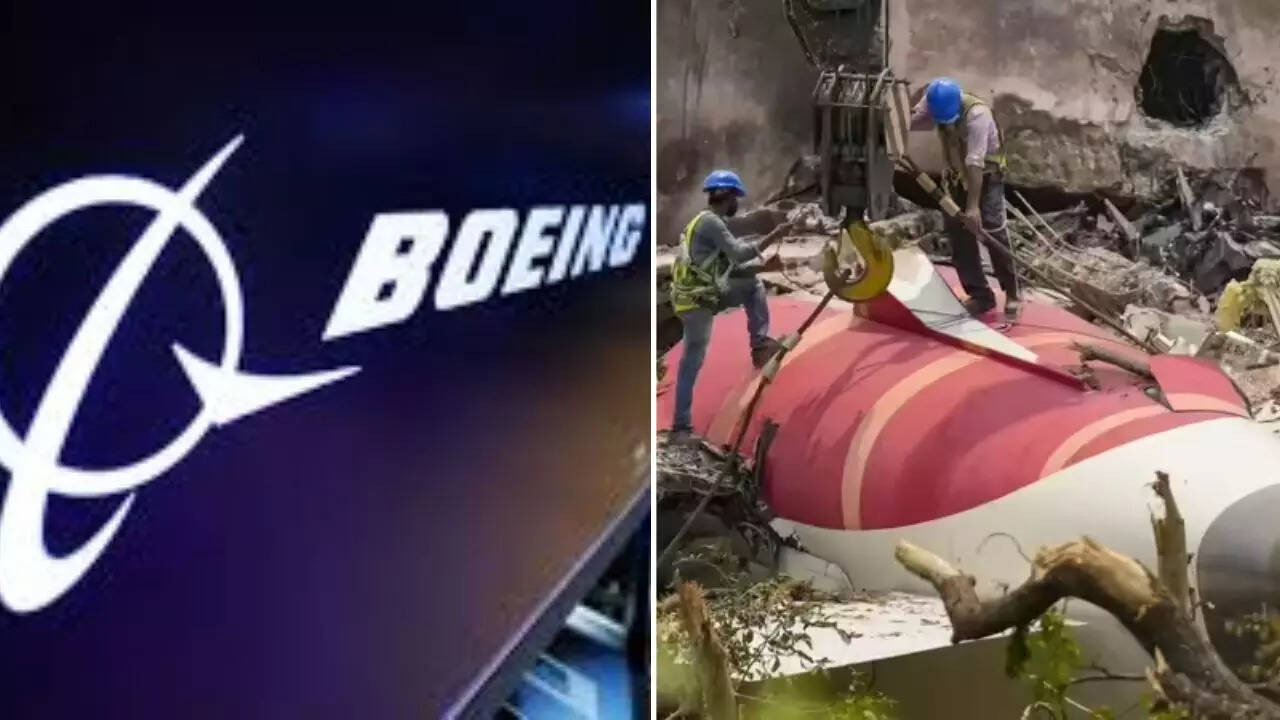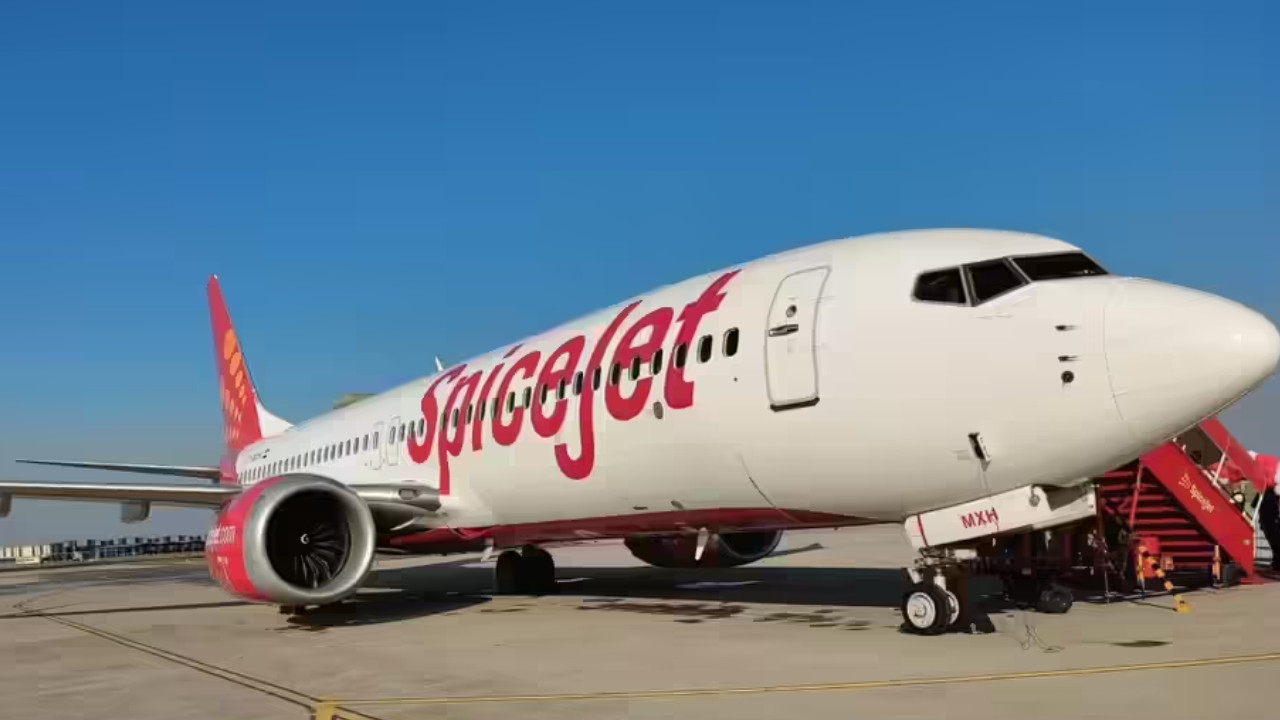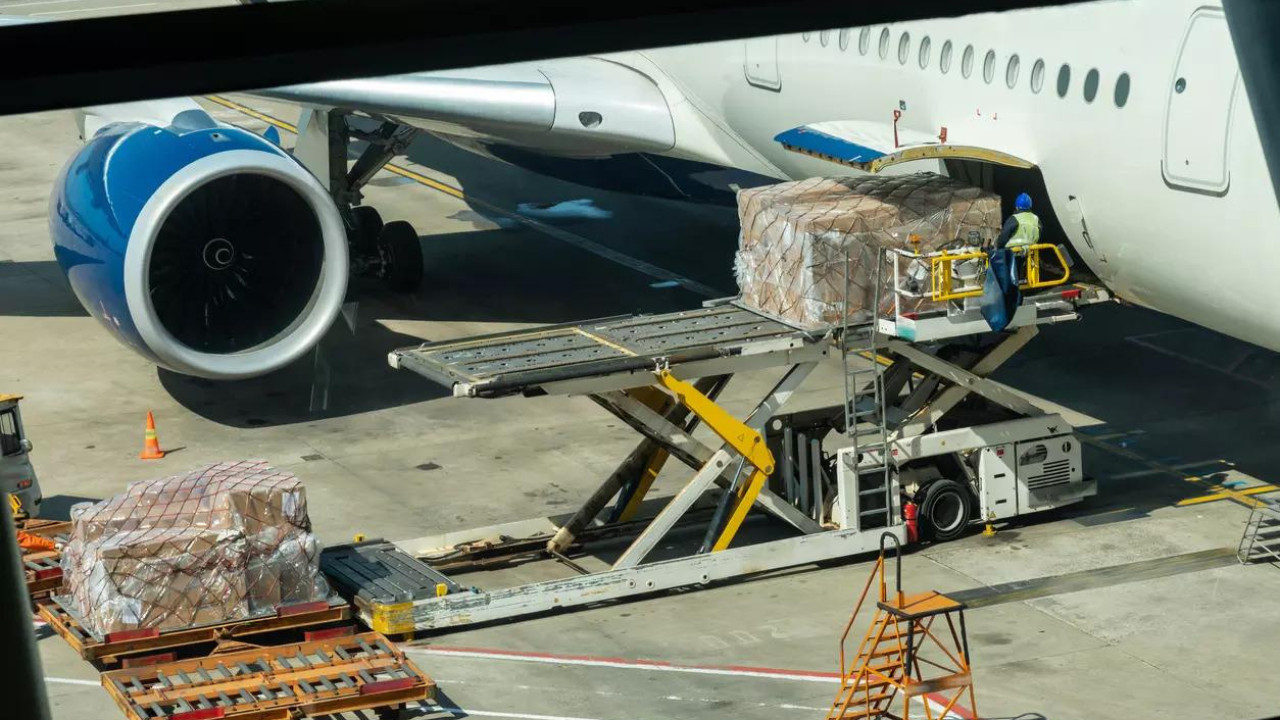Following the Air India Flight AI171 crash in Ahmedabad, Boeing has pledged its support to the ongoing investigation led by the Aircraft Accident Investigation Bureau. The preliminary report reveals a dual engine failure shortly after takeoff, leading to the tragic crash that claimed 260 lives.
The Last Moments of Air India Express 812: Unraveling a Decade-Old Tragedy
The scar left by the Air India Express Flight 812 crash in Mangalore, back in 2010, is still felt deeply. The echoes of that devastating day continue to resonate, especially now, with the release of the Aircraft Accident Investigation Bureau’s (AAIB) preliminary report detailing the harrowing final moments before the Boeing 737-800 overshot the runway, claiming 158 lives.
For years, families have sought closure, answers to the questions that haunt them. This recent report, while not offering a definitive conclusion, paints a vivid, albeit heart-wrenching, picture of what unfolded in the cockpit as the aircraft approached Mangalore’s Bajpe airport. It delves into the crucial decision-making, the cockpit dynamics, and the critical seconds that sealed the fate of the passengers and crew.
What makes this preliminary report particularly significant is the granular detail it provides. It reconstructs the sequence of events, meticulously examining the flight data recorder (FDR) and cockpit voice recorder (CVR) information. Imagine being a fly on the wall in that cockpit, hearing the exchanges between the pilots, sensing the mounting pressure as the aircraft hurtled towards the runway. The report attempts to bring us as close as possible to that reality.
Navigating the Tricky Mangalore Approach
Mangalore’s airport presents unique challenges to pilots. Nestled atop a hill, it demands precision and a steady hand. The approach requires a steep descent and precise alignment with the runway. It’s an approach that leaves little room for error. The report highlights the complexities of this approach, suggesting that it might have played a role in the unfolding tragedy. Were the pilots adequately prepared for these challenges? Did they fully appreciate the difficulties posed by the terrain and the prevailing weather conditions? These are questions that the full report will hopefully address.

The Boeing Company’s Stance
Following the release of the AAIB’s preliminary findings, Boeing, the aircraft manufacturer, reiterated its commitment to supporting the ongoing investigation. Boeing stated that they are providing technical assistance to the AAIB and relevant authorities to help them fully understand the circumstances surrounding the accident. This support underscores the importance of collaboration between manufacturers and investigators in ensuring aviation safety. This isn’t just about assigning blame; it’s about learning from the past to prevent future tragedies. Learning from past experiences, like the Air India plane crash, are critical to future design and protocol considerations.
Human Factors and Cockpit Dynamics
While technical malfunctions can contribute to accidents, human factors often play a significant role. The preliminary report likely touches upon the crew’s decision-making process, their communication, and their adherence to standard operating procedures. Were there any communication breakdowns? Did fatigue or stress influence their judgment? Understanding the human element is crucial to gaining a complete picture of what went wrong. Further analysis will be done on crew resource management (CRM) – how effectively the pilots worked together as a team – which can reveal crucial insights.
The final report will likely address issues of pilot training and the specific training that pilots receive for difficult approaches like the one in Mangalore. Were the pilots adequately trained and experienced to handle the unique challenges posed by the Mangalore airport and its surrounding terrain?
The Long Road to Closure and Prevention
The release of this preliminary report is a step forward, but it’s not the end of the journey. The AAIB will continue its investigation, delving deeper into the data, conducting further analysis, and ultimately aiming to provide a comprehensive explanation of the accident.
It’s crucial that the final report provides clear recommendations for improving aviation safety. This includes not only addressing potential technical issues but also focusing on human factors, pilot training, and air traffic control procedures.
This tragedy serves as a stark reminder of the importance of vigilance and continuous improvement in the aviation industry. By learning from the past, we can strive to make air travel safer for everyone. We must ask ourselves, what systemic changes are necessary to prevent future accidents like the Air India plane crash from ever occurring again?
Ultimately, the hope is that the final report will bring a measure of closure to the families of the victims and contribute to a safer future for air travel. And hopefully, future investigations will continue to provide an even safer flying experience. [Check out our article on flight safety protocols here.](internal-link)







